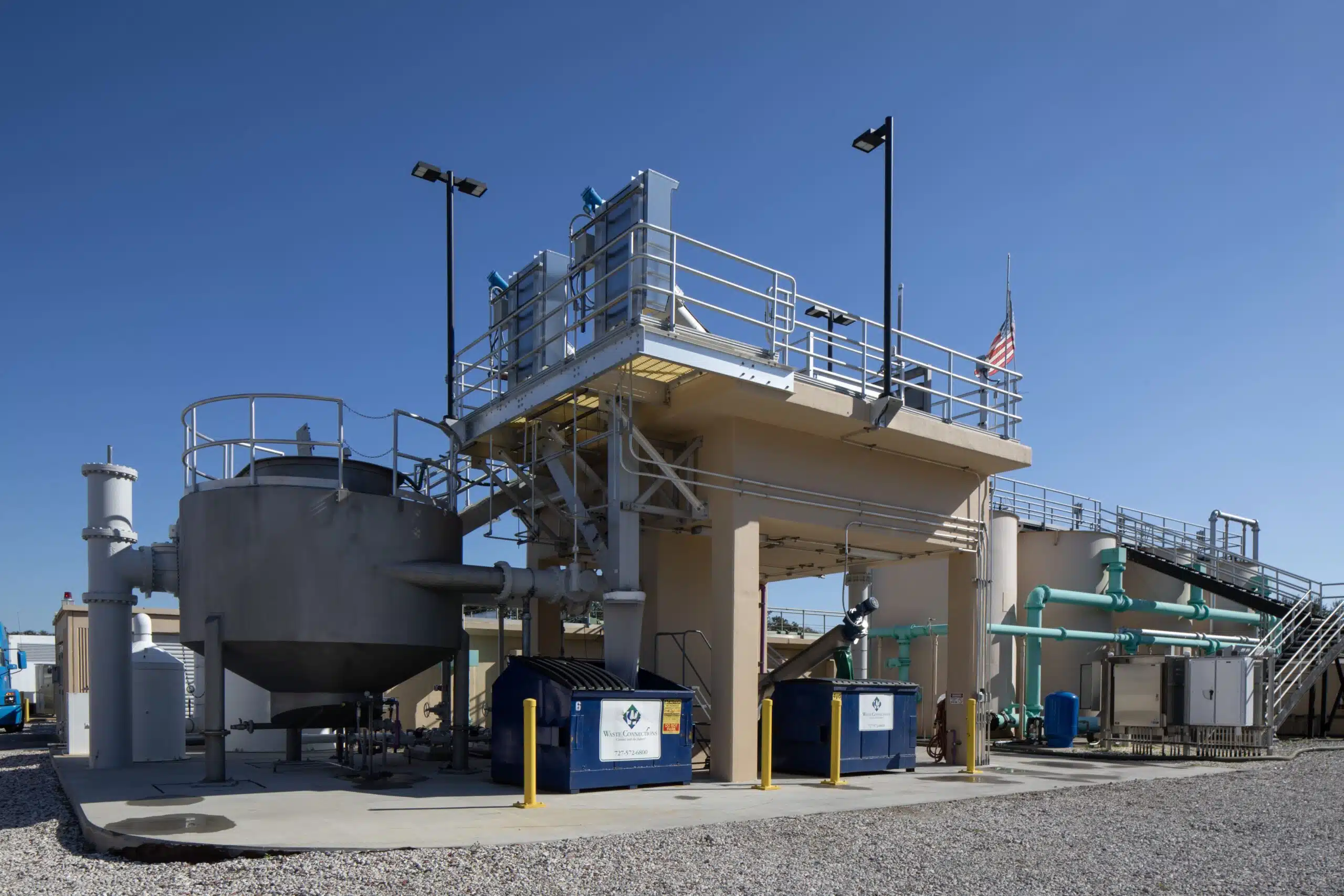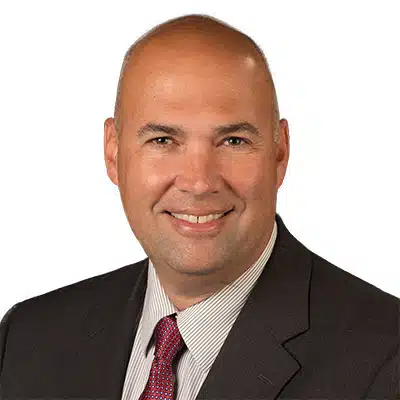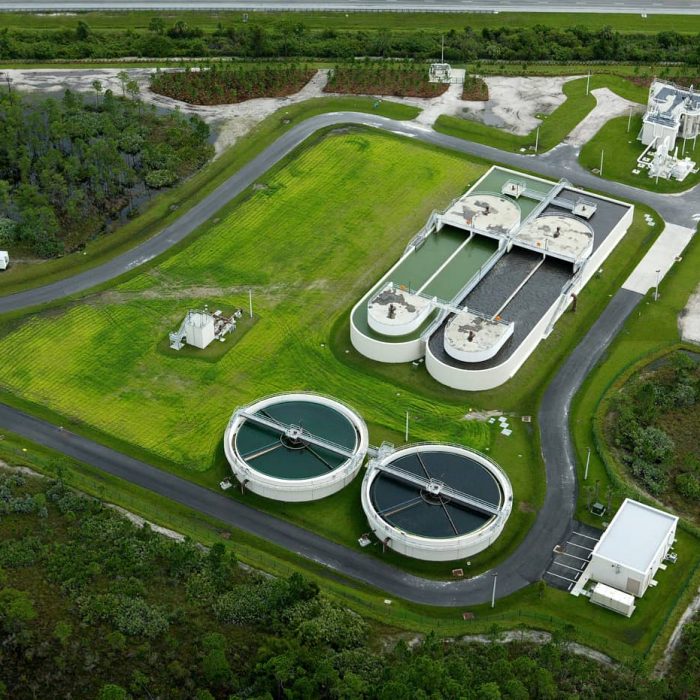- March 8, 2024
- Perspectives
Challenges and Pioneering Solutions for Investor-Owned Water Utilities


Shelby Hughes, PE
Water/Wastewater Engineer

Steve Romano, PE
Water/Wastewater Engineer

Sarp Sekeroglu, PE
Water/Wastewater Engineer
Investor-owned water utilities are constantly expanding their systems to meet the demands of growing populations and comply with evolving regulations. The challenges these utilities face will require unique solutions to ensure long-term sustainability, maintain efficient operations, and address conflicting priorities. Therefore, the approach to system expansions and acquisitions must be completed thoughtfully.
The Unique Challenges of Investor-Owned Utilities
As regulatory complexity increases and operations staffing becomes more difficult, managing small utility systems has also become increasingly expensive, requiring a strategic approach to capital project planning and budgeting. With the addition of aging or neglected infrastructure from acquired systems, it becomes even more difficult to find a successful path forward.
For engineering consultants, understanding the key drivers of investor-owned utilities is critical to providing specialized solutions and long-range perspectives. Identifying innovative solutions for sustainable wastewater treatment and emerging contaminant mitigation is key to safe, efficient operations. By acknowledging these challenges, utilities can enhance their capabilities, safeguard public health, and foster resilient and sustainable water management practices for the communities they serve.
Navigating the Waters of Expansion
Expanding water and wastewater systems presents a unique set of challenges when coupled with increased regulatory oversight. As utilities strive to align with demands and regulations, it is crucial to apply a thoughtful approach to assessing conditions, prioritizing upgrades, and ensuring long-term sustainability.
Addressing Aging Infrastructure
Aging infrastructure is a universal problem for utilities everywhere. However, in smaller, acquired systems, there are often infrastructure problems which were likely neglected by the original owners. Infrastructure problems are then worsened when developer-driven expansions are added to the system.
Decommissioning
There are times when maintaining the status quo is no longer effective. Understanding new technologies may allow for treatment improvements for operational savings, but don’t be afraid to decommission an old process. There are times when the operational savings benefit justifies the capital expense.
Consolidating Systems
Many small utilities are comprised of several developer-owned systems which have been combined into one larger system. Aging infrastructure is a universal problem for utilities, especially in smaller, acquired systems where infrastructure may have been neglected by the original owners. The existing problems are then worsened when developer-driven expansions are added to the system. Consolidating into fewer sites takes planning for modeling, land acquisition, and most importantly—capital expenditures. This planning in advance of the need can lead to cost-effective solutions with significant long-term operational savings.
Managing Assets for Long-Term Sustainability
Consolidated utility systems are commonly designed for individual developments without considering a larger picture. Asset management is not only about infrastructure replacement and the asset life cycle; it presents an opportunity to ‘repaint the picture’ and construct a more efficient system based on actual operational needs. Utility owners should embrace the opportunity to develop a long-term plan for a more efficient system. Integrating your removal and replacement program with your capital expansion planning can provide a more efficient capital plan.

Bringing Systems into Compliance
Ensuring the safety of water systems is a top priority. As systems grow and change, understanding the potential impact of upcoming regulatory drivers on your infrastructure is important to proper planning. Facility improvements driven by rehabilitation may neglect upgrades which could simplify and streamline compliance-driven improvements. This leads to operational inefficiencies and poorly balanced operations. A more complete understanding of the facilities and how incremental improvements can be maximized will benefit the overall operational compliance and safety of the facility.
Charting a Sustainable Course: Rising to the Challenge!
Navigating a sustainable path through acquisitions, regulations, and efficient operations presents unique challenges to investor-owned water utilities. Aging infrastructure, complex regulations, and managing small systems can often constrain budgets and efficiency. By strategically assessing infrastructure, integrating compliance into expansion plans, and embracing both new technologies and long-term sustainability, these utilities can chart a course for a more sustainable and reliable future in water.
About the Authors

Shelby Hughes, PE
Shelby is a water resources engineer with more than 12 years of experience in water and wastewater utility projects for public and investor-owned utilities. Shelby’s technical experience includes planning, design, permitting, and construction for both water and wastewater collection, distribution, transmission, and small and large-scale treatment systems. Shelby’s experience also includes hydraulic modeling, sanitary sewer capacity analysis, water and wastewater master planning, force main assessments, inflow and infiltration studies, asset management program development, vulnerability and resiliency assessments, PFAS removal systems, chlorine dioxide solutions, and infrastructure hardening. Shelby has facilitated the completion of a large variety of projects through traditional design, bid, build, and collaborative delivery procurement methods by prioritizing the client’s needs and ensuring a comprehensive team is dedicated to the success of the project.

Steve Romano, PE
Steve is a professional engineer with more than 27 years of experience working as a consultant for municipal and investor-owned utilities. Steve has experience with a full range of utility projects, including water treatment facility design, wastewater treatment facility design, pipeline design, pump station design, and master planning, including advanced hydraulic modeling, permitting assistance, and regulatory guidance. He has provided designs for new facilities, as well as retrofits and relocations. Steve’s experience allows him to bring cost-effective innovative ideas to provide solutions that best fit the specific needs of his clients.

Sarp Sekeroglu, PE
Sarp has more than 20 years of experience in the water industry in design, project management, construction, planning, team building, and business development. His design background includes projects such as water and wastewater treatment design, system distribution wastewater collection design, preparation of water/wastewater master plans, and seawater desalination. Sarp has managed teams of junior engineers, GIS and CAD technicians, planners, subconsultants, and subcontractors.
